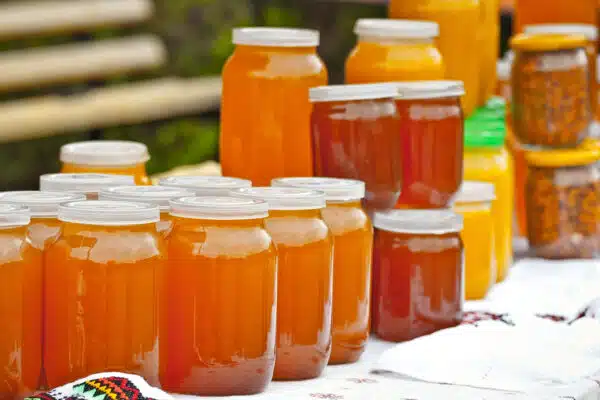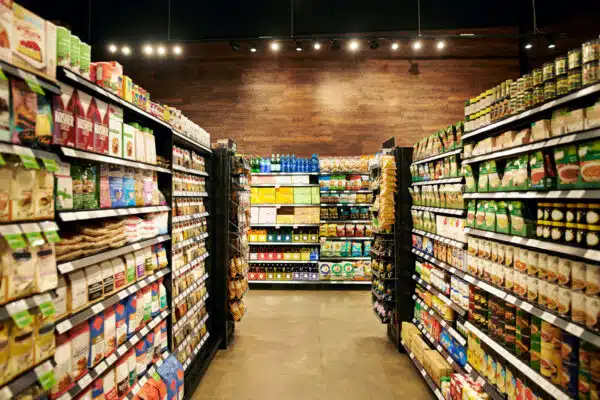Labelling changes – there have been some major changes coming through in recent years. Some of these are the changes to country-of-origin labelling and also the way allergens are to be labelled on products. The country-of-origin requirements are now in place while the changes to allergen labelling still have some time left to be implemented.
Also, those of you that sell alcoholic beverages are subject to a change of labelling for warning statements and pictograms targeting pregnant women, to ensure the health of babies.
So, what will it mean if added sugars are to be included in nutrition information labelling? Have you just ordered 5 years of labels for your product that you sell at local markets and shops so you can save money? What will this mean to you if there are new requirements to label for added sugars – and what exactly will ‘added sugars’ mean?
Sugars, from a nutrition labelling perspective is not only ‘sucrose’. Sugars includes all mono- and disaccharides. This means ingredients such as lactose, fructose, and glucose for example. While each of these sugars has the same unit energy as sucrose and other available carbohydrates, it is the amount of added sugar in a product that is expected to give consumers better information to determine the appropriateness of the food they are purchasing and help consumers select better options. It is expected that this will give the population access to a more improved food supply composition.
The food industry has implemented voluntary changes to food products manufactured for the Australian market including reductions in trans fatty acids and sodium levels over the years. The introduction of the voluntary health star rating on food labels is one measure to help consumers purchase healthier options. However, sometimes government will put in place mandatory measures to help the process along.
What is not clear, is how added sugar will be determined – will it be only what you add to your food product, or will it be what is added sugar in other ingredients that you might add. Take for example, a chocolate chip muffin that you manufacture for sale. Will the added sugar in the chocolate chips need to be declared along with the sugar that is added to the muffin? Based on the public health and safety issue around this, it is assumed that would be the case. Therefore, you would need to be provided with that information from your raw material supplier.
What can you do? It is important to establish a business relationship with your raw material supplier – they have to provide you with the necessary information to make your label compliant.
So as a food manufacturer, what do you need to do when such changes are required? Well, usually there is a lead-in-time provided before you need to make the mandatory changes to enable you to plan your label changeovers. If you have an abundance of labels, rather than put them into the recycle bin, you can oversticker the out-dated information with the new information. The requirement here is that the oversticker cannot be easily removed, and other information is not covered by the sticker. Also, there is usually a stock-in-trade permission provided with the changes made. This means that product that is already packed for retail sale, can still be sold with the out-dated label within the timeframe of the stock-in-trade provisions.
While changing labels are an extra cost, it offers an opportunity to review your labels and make sure that all other labelling requirements are correct. It also gives you an opportunity to up style your labels.
Food packaging requirements Australia will change. Hopefully the changes will not be major ones every year. It is one of those things that you need to manage in your business and make sure that you can update labels as required. It is one of the systems that you need to have in place so that you are not vulnerable and maybe subject to a fine or a recall due to incorrect labelling.





